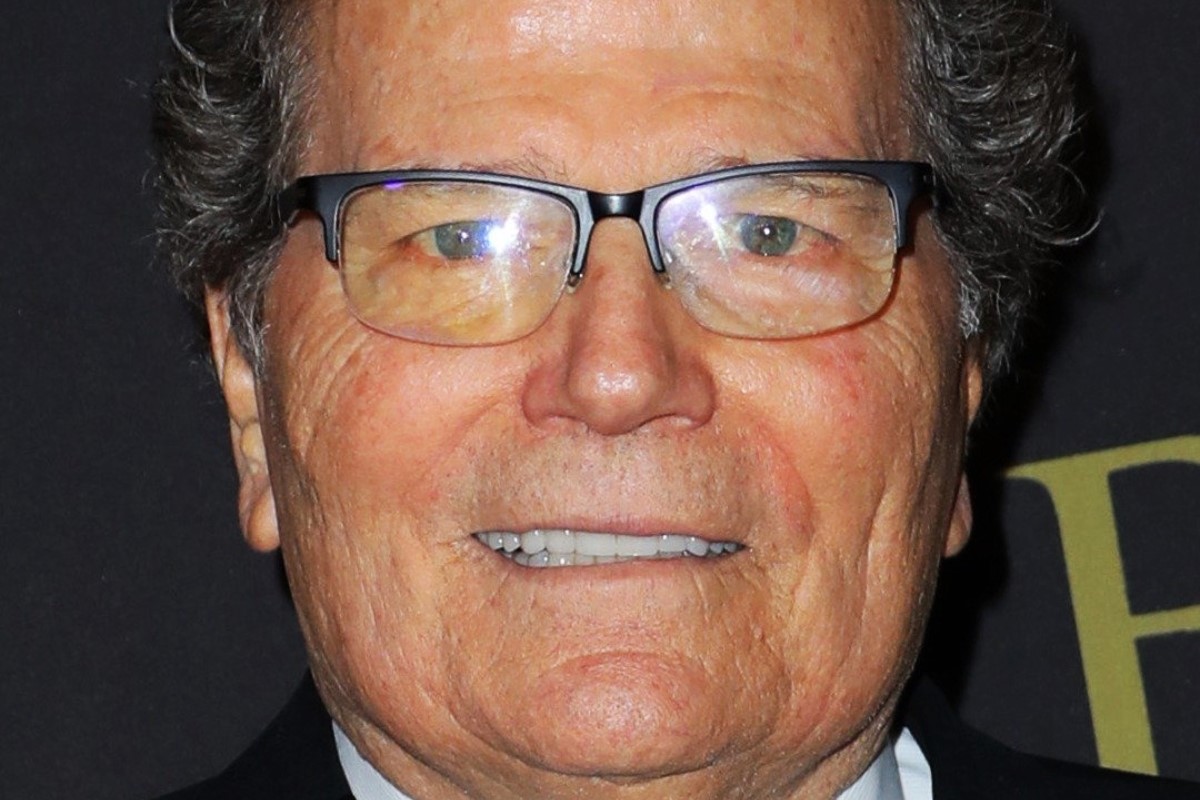Patrick Wayne, son of legendary actor John Wayne, has spent decades shaping a Hollywood career defined by his own talent, discipline, and versatility. While his family name is recognized worldwide, Patrick Wayne established himself through a diverse body of work in film and television, ensuring that his career stood on its own merit.
This article explores Patrick Wayne’s upbringing, mentorship under acclaimed director John Ford, notable film and television roles, and the unique challenges he faced in carving out his identity within the shadow of one of Hollywood’s most enduring icons.
Early Life and Family Background
Patrick John Morrison, professionally known as Patrick Wayne, was born on July 15, 1939, in Los Angeles, California. He is the second son of John Wayne and his first wife, Josephine Saenz. Growing up in a household tied closely to the entertainment industry, Patrick was introduced early to the realities of Hollywood.
His first screen appearance came at a young age in Rio Grande (1950), a film directed by John Ford and starring his father. While this debut reflected his family connections, it also served as an early introduction to the discipline of filmmaking.

Mentorship Under John Ford
Patrick Wayne’s career benefited significantly from the guidance of director John Ford, a close friend of the Wayne family and one of Hollywood’s most respected filmmakers. Ford, known for classics such as The Searchers (1956) and The Grapes of Wrath (1940), was recognized for his meticulous approach to storytelling and direction.
Under Ford’s mentorship, Patrick learned lessons in preparation, authenticity, and the importance of depth in acting. These principles shaped the foundation of his craft, encouraging him to view acting not as a privilege of lineage but as a demanding profession requiring dedication and skill.

Breakthrough Roles in Fantasy and Adventure
Although Patrick Wayne appeared in a variety of genres, he is particularly remembered for his roles in fantasy and adventure films during the 1970s.
- Sinbad and the Eye of the Tiger (1977): Patrick starred as the legendary sailor Sinbad in this fantasy adventure, which combined live-action with stop-motion animation by Ray Harryhausen. His performance required a balance of charisma, physicality, and believability while interacting with mythical creatures and epic landscapes.
- The People That Time Forgot (1977): In this science-fiction adventure, Patrick took on another leading role, demonstrating his ability to carry a film in a genre that demanded both imagination and screen presence.
These films showcased Patrick’s range and established him as a leading man capable of handling diverse and challenging material beyond traditional westerns.

Contributions to Television
Beyond cinema, Patrick Wayne built a substantial television career. He appeared in a variety of programs across genres, from westerns to crime dramas and family series. Some of his most notable television contributions include:
- Guest roles in popular series such as Murder, She Wrote and Charlie’s Angels
- Appearances in western-themed shows, continuing the tradition of his father’s legacy while offering his own interpretations of classic archetypes
- Hosting duties on the 1990 revival of the game show Tic-Tac-Dough
Patrick’s ability to adapt across genres demonstrated versatility and ensured his continued relevance in an industry that often typecast actors.
Navigating Life in John Wayne’s Shadow
Being the son of John Wayne came with both opportunities and challenges. John Wayne, often referred to as “The Duke,” was one of the most influential figures in American cinema, known for iconic roles in films such as True Grit (1969), for which he won an Academy Award, and Stagecoach (1939).
For Patrick, comparisons to his father were inevitable. However, he managed to approach these expectations with humility and professionalism. He often credited his father’s example as a source of discipline, work ethic, and integrity, qualities that guided his own path in Hollywood.
Patrick Wayne’s career choices reflected a desire to be recognized on his own terms, not simply as John Wayne’s son. By taking on roles in diverse genres and embracing television opportunities, he created a career trajectory that highlighted his individuality.

Later Career and Legacy
By the 1980s and 1990s, Patrick Wayne gradually shifted focus away from acting. He took on more hosting and public-speaking engagements, including appearances at film retrospectives and events honoring his father’s legacy.
In addition, he has been actively involved in charitable work, particularly through the John Wayne Cancer Institute (now the John Wayne Cancer Foundation), which was established in 1985 following John Wayne’s death from stomach cancer. Patrick Wayne has served in leadership roles with the foundation, helping to raise awareness and support for cancer research and treatment.
This philanthropic involvement highlights his commitment to carrying forward a meaningful legacy beyond film and television.

Recognition and Cultural Impact
Patrick Wayne’s contributions to cinema and television, while not as widely known as his father’s, remain significant. His performances in fantasy adventures, westerns, and dramas ensured his place in Hollywood history as a versatile actor.
Furthermore, his efforts with the John Wayne Cancer Foundation have had lasting social impact. According to the Foundation’s official reports, millions of dollars have been raised to support cancer research, treatment, and education—an extension of the Wayne family’s influence beyond the screen.
Conclusion
Patrick Wayne’s career is a testament to perseverance, adaptability, and dedication to the craft of acting. While he inherited a world-famous last name, he built a body of work that reflects his individuality and professional integrity.
From his early mentorship under John Ford to his starring roles in adventure films and his later philanthropic endeavors, Patrick Wayne has consistently demonstrated that he is more than just the son of a Hollywood legend. He represents a unique legacy—one that combines respect for tradition with personal achievement.
Today, Patrick Wayne’s story serves as an example of how discipline, resilience, and commitment can define a career, even when set against the backdrop of one of Hollywood’s greatest icons.
